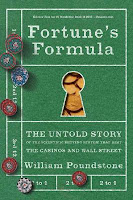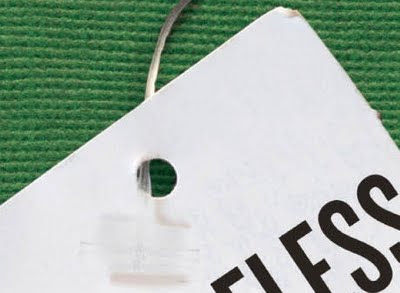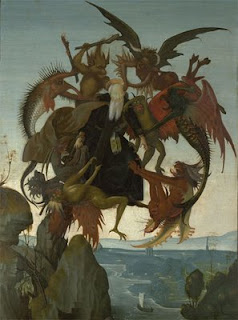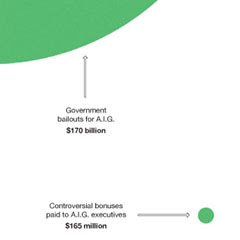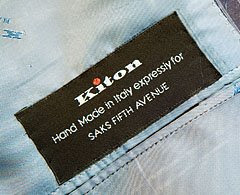 For generations, Harvard psychology students were treated to a jaw-dropping classroom experiment. With the aplomb of a magician, Professor S.S. "Smitty" Stevens (1906-1973) would darken the room and reveal a white disk. Then Stevens turned a spotlight on the disk. Instantly, it turned black. Unless you're seen it, the sense of logic turned upside is hard to convey. Perhaps Chico Marx said it best: "Who you gonna believe, me or your own eyes?"
For generations, Harvard psychology students were treated to a jaw-dropping classroom experiment. With the aplomb of a magician, Professor S.S. "Smitty" Stevens (1906-1973) would darken the room and reveal a white disk. Then Stevens turned a spotlight on the disk. Instantly, it turned black. Unless you're seen it, the sense of logic turned upside is hard to convey. Perhaps Chico Marx said it best: "Who you gonna believe, me or your own eyes?"The secret was marvelously simple. The "white" disk was actually gray. Stevens made sure it was the brightest thing in a dark room, and that made it look white. Then Stevens illuminated a ring of (truly) white paper around the gray disk. The white paper was so more reflective that it made the gray look black by contrast.
As Stevens put it in his textbook, Psychophysics, "black is white with a bright ring around it." The Orwellian tone of that must have been intentional. In Orwell's 1984, Big Brother convinces everyone that war is peace, freedom is slavery, and black is white. Stevens managed the same feat (with lighting rather than a cage of rats). His point was that human perception is sensitive to contrasts, not absolute values. Subjectively, it's all relative. (This too is a chilling talking point of Big Brother's minions.)
 I write about Stevens (above) in my new book, Priceless. Stevens' studies of perception were an important precedent for behavioral decision theory and the marketing based on it. It turns out that contrasts rule with economic judgments as well as sensory ones. A BMW 3-series may seem expensive until you compare it to a 7-series. Then the 3-series looks, well, reasonably priced. Such contrast effects are a foundation of contemporary marketing. Like it or not, they allow marketers to push our buttons as effectively as Stevens did—to convince us that expensive is cheap, consumption is thrift, and luxury is necessity.
I write about Stevens (above) in my new book, Priceless. Stevens' studies of perception were an important precedent for behavioral decision theory and the marketing based on it. It turns out that contrasts rule with economic judgments as well as sensory ones. A BMW 3-series may seem expensive until you compare it to a 7-series. Then the 3-series looks, well, reasonably priced. Such contrast effects are a foundation of contemporary marketing. Like it or not, they allow marketers to push our buttons as effectively as Stevens did—to convince us that expensive is cheap, consumption is thrift, and luxury is necessity.Because Stevens' experiment was so influential, I wanted to find a way to illustrate it within the pages of my book. Obviously, I can't control the lighting of a printed page (though that might be possible with next generation Kindle?). I found the next best thing, an amusing perceptual illusion that works nicely on the page. But this weekend, I came across a strikingly exact counterpart of Stevens' experiment. It's art, not science, specifically a 1966 work, Multiplication Electronique III, by the Argentinian artist Gregorio Vardanega. It's currently at the Museum of Latin American Art, Long Beach, Calif. (through Jan. 24) and is owned by the Cisneros Fontanals Art Foundation, Miami.
The visual trick works perfectly even on my cell phone photos. At top is a typical shot of Vardanega's ever-changing work. You see a four-by-four wooden grid of squares, something like the cardboard grids holding holiday ornaments. Each square cubicle is partitioned (via a 5-by-5 grid) into three concentric smaller squares. Light bulbs switch on and off, illuminating different squares and sub-squares. This produces a sequence of scintillating black-and-white abstractions.
Periodically, all the light bulbs switch off at once. You see the work "in its true light" — that is, in the normal gallery lighting that's been there all along. The whole thing is painted white. The blackness was all in your head.
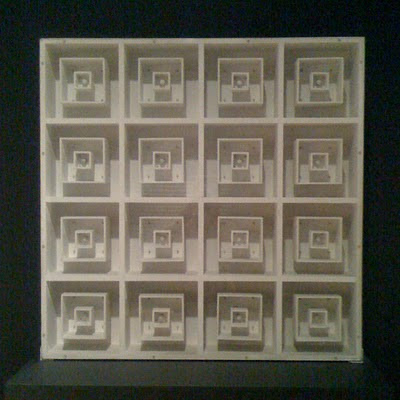 Stevens' message is that this is not a mere "optical illusion." This is how we all experience the world. It applies to pleasures, pains, and prices — joys and griefs and discounts — and everything.
Stevens' message is that this is not a mere "optical illusion." This is how we all experience the world. It applies to pleasures, pains, and prices — joys and griefs and discounts — and everything.







